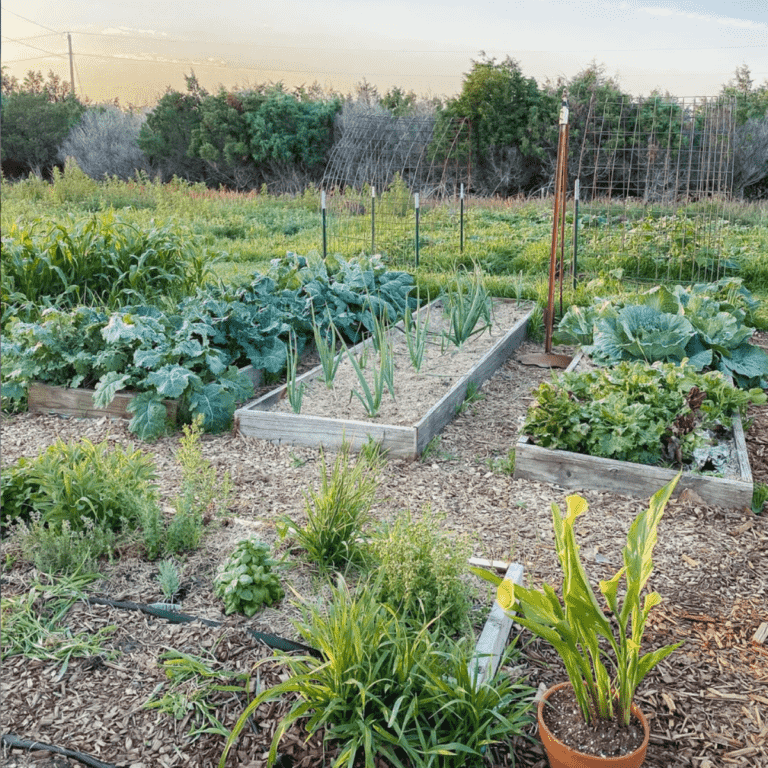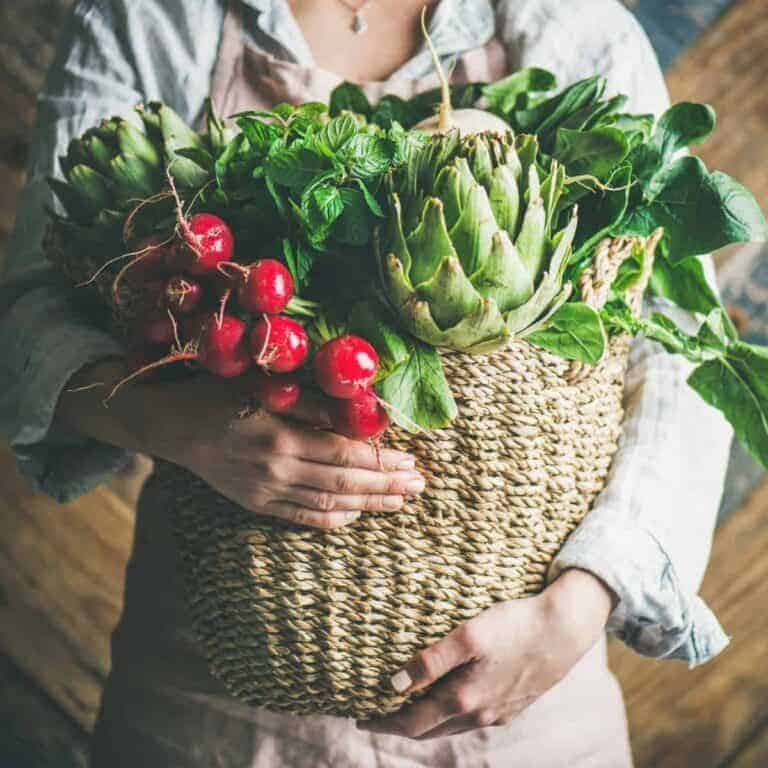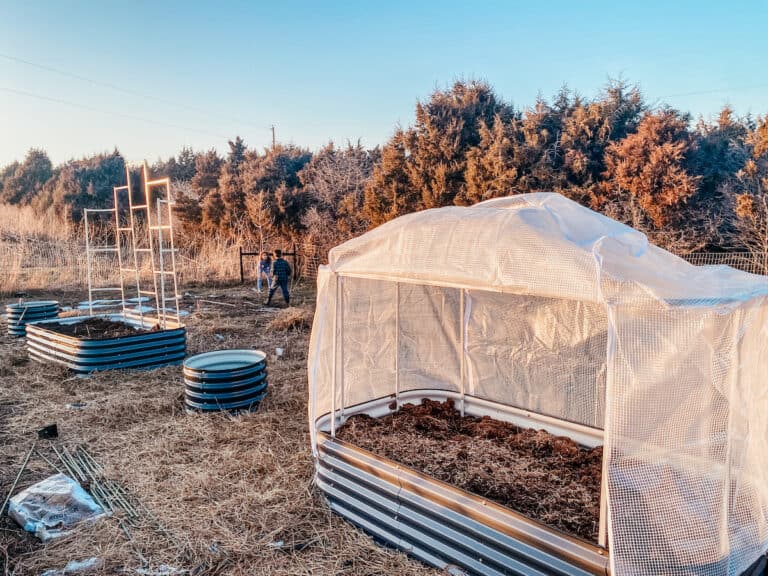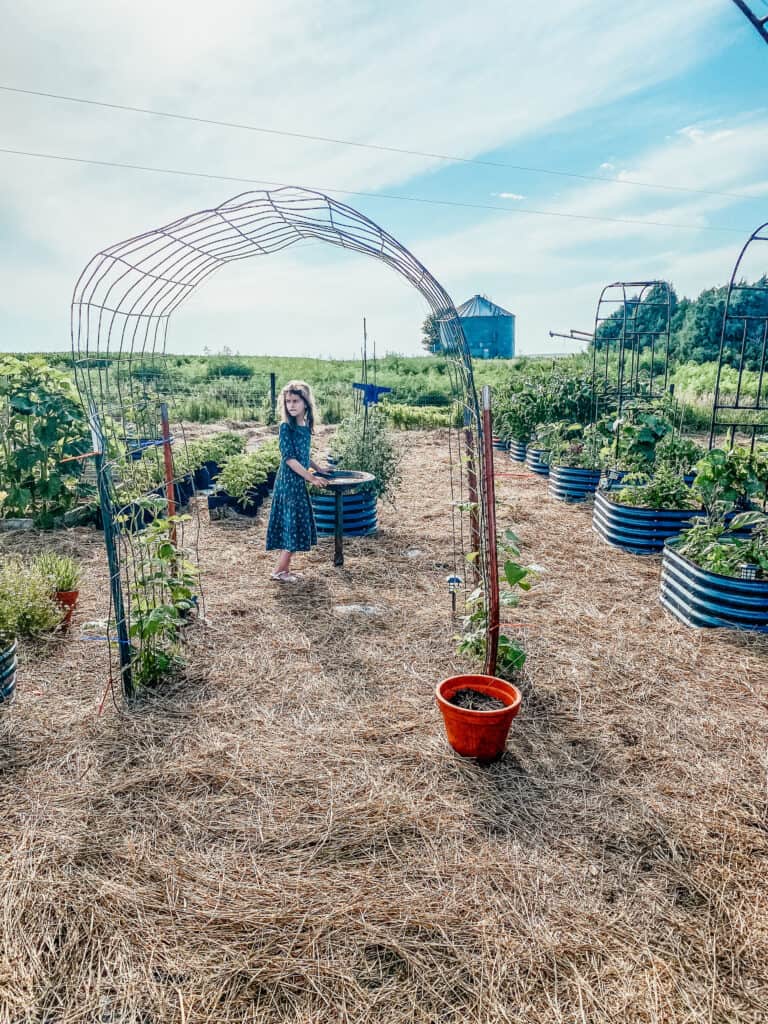Gardening with Transplants
Gardening with transplants is one of the easiest ways to get started with gardening. Its perfect for beginners and even for those of us who have been doing this gardening thing for awhile.
But before you head out to the nursery to purchase your new transplants, there are a few things to consider.
What steps do you need to do to ensure you are successful with your vegetable transplants?
Looking through seed catalogs and dreaming of what to grow in the garden is always fun. There’s something special about starting a garden completely from scratch – sowing seeds and nurturing little seedlings.
I’m always amazed at watching nature work these little miracles in the garden. Pretty incredible if you really think about it.
Despite wanting to start a garden completely from scratch every year, that isn’t always an option. And this is where using transplants comes in to play.
Using transplants saves me time and energy. Because transplants are stronger and more mature than seedlings, they are more resistant to insects and other pests.
Gardening with Transplants – Getting Started
First things first. When getting started with transplants in the garden, there’s a few things that need to happen first.
You’ll need to determine which growing zone you are in. And then you’ll need to research what grows best in that zone. When are your first and last frost dates?
Will you be growing a spring and summer garden only? Or maybe you can extend the growing season a bit with a fall garden.
Over here, we are a gardening zone 5a. Some years we can grow a fall garden. Other years, snow will arrive early and demolish everything.
Time restrictions and shorter growing seasons are a couple of reasons why I prefer using transplants over direct sowing.
The next questions you’ll want to ask yourself are, do these plants do well in my growing zone? And, do I have enough space & sun/shade requirements?
And what are the soil requirements?
Research everything before you order your transplants or make a trip to your local nursery. This is something that I wish I had done when I was a beginner gardener.
And sometimes I still get overly eager and excited that I just order things that I’m not prepared for. Because I mean, who doesn’t get excited to play in the garden after a long winter?

Where to Buy
Sure, you can buy your transplants from your local nursery. However, not all of us have the luxury of local nurseries. Ha. And the one that is in the closest town, never offers organic options.
There are two places that I prefer to order my transplants. I’ve tried several of the popular places over the years. And these two are the ones that I’ve had the most success with.
The first one is Seed Savers Exchange. They will ship transplants out after the last frost date in your growing zone. They arrive as little seedlings. So, these plants can be adapted to the outdoor conditions slowly.
The second place that I order my transplants from is Azure Standard. And this will be the first year that I’m using them. But I was so impressed, that I will definitely order my transplants from them again.
Azure Standard has such a good variety of transplants. And the quality of the plants are incredible. They were much larger than any other transplant I’ve ordered in the past.
Which is pretty awesome because it’ll help ensure they are successful in the garden. Honestly, of all of the places I’ve ordered or purchased my transplants from, Azure Standard has to be my top choice.
If you want high quality organic garden starts, be sure to check them out!

Hardening Off Transplants
Garden starts come from a controlled environment or greenhouses. There they have been cared for, given plenty of water, and kept under very warm and favorable temperatures.
This is why when you receive yours, you’ll need to get them acclimated a bit before planting them. To harden off transplants or seedlings, introduce them to the elements a little at a time.
What I usually do is give my transplants a protected area on my porch. And then for the first day, I will give them about an hour of outside time. Then gradually increase this time by another hour each day for a week.
By the end of the week, the transplants should be adjusted to the elements. With the cooler temperatures at night, wind, and other conditions, the transplants need this time to get used to.
It’s also important to mention that transplants should be provided with adequate water.
If you were to just place the transplants directly into the garden, they may suffer from transplant shock. They may wilt or even die.
Keep in mind that they are still delicate and avoid putting them in direct sunlight and windy conditions.
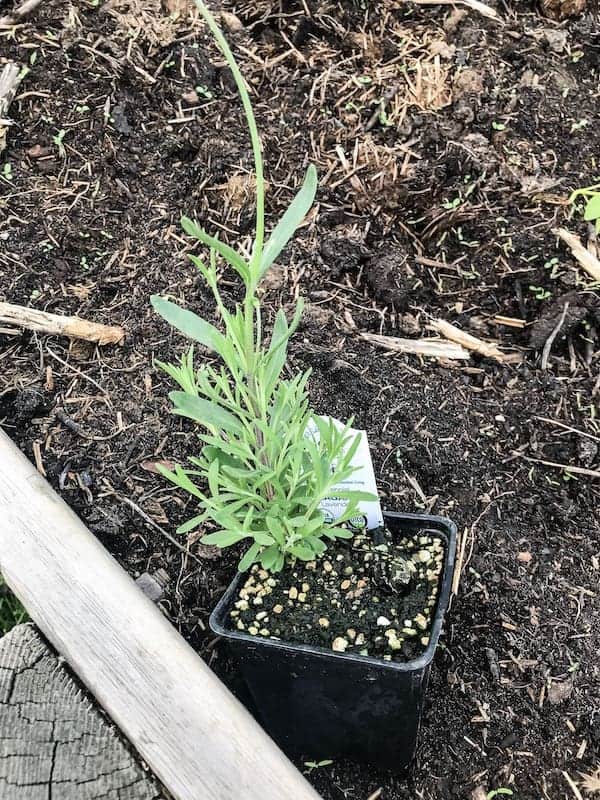
Best Transplant Varieties
There are several different varieties of vegetables and herbs that do really well as a garden start. I’m sharing a few of my favorites.
- Mint
- Sage
- Lavender
- Thyme
- Oregano
- Basil
- Tomatoes
- Peppers
- Eggplants
- Artichokes
- Spinach
- Broccoli
- Kale
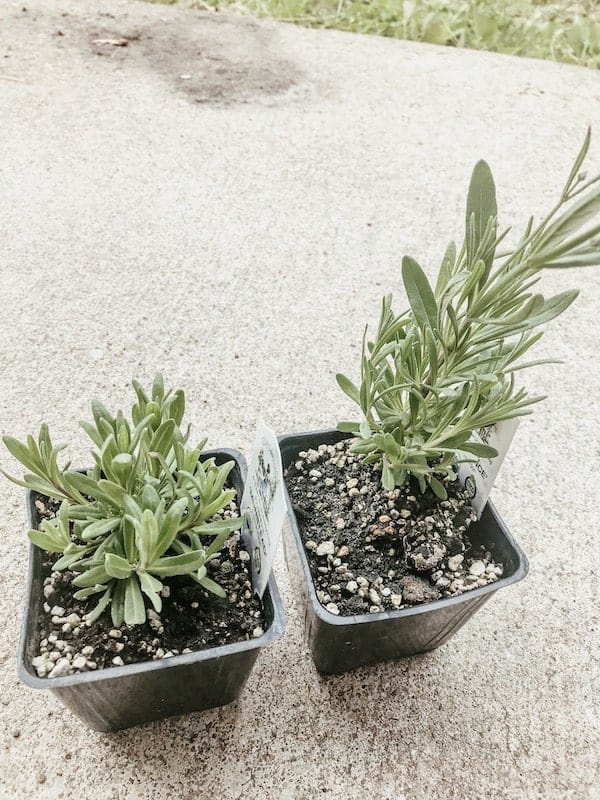
For me, there comes a time where I prefer using transplants over starting seeds in the garden. Don’t get me wrong, seed starting has its benefits, too. And I love my greenhouse. But sometimes transplants are the way to go.
Do you prefer direct sowing or using transplants?


